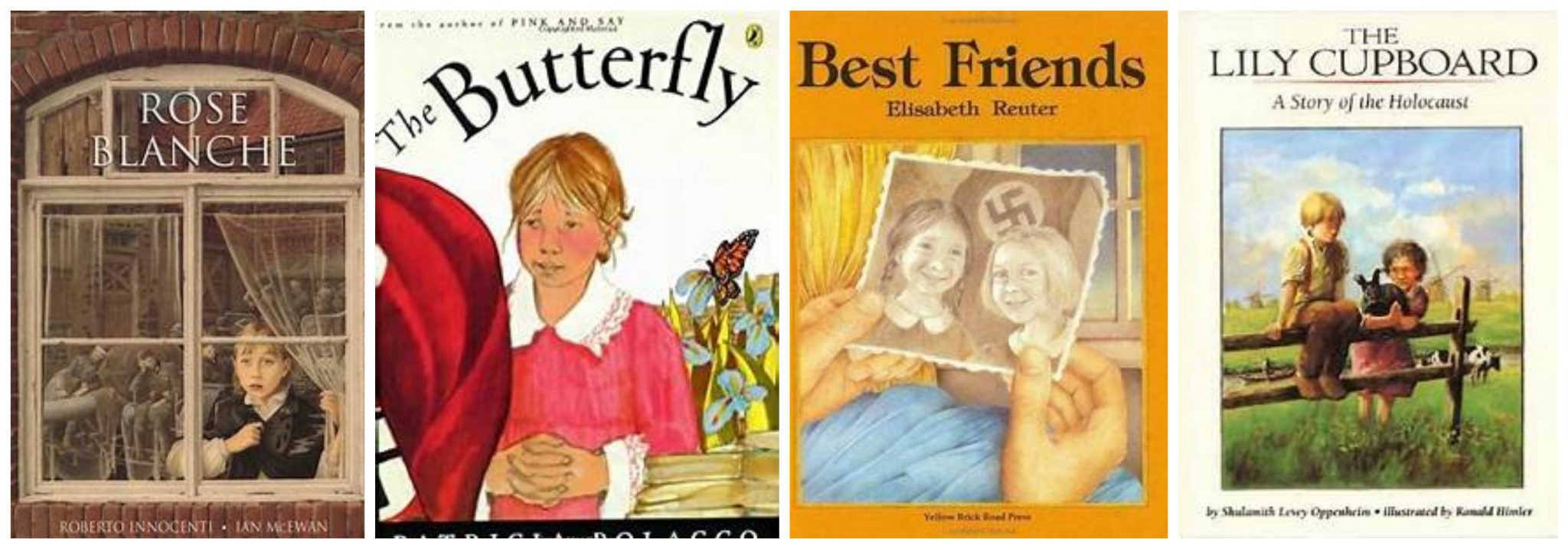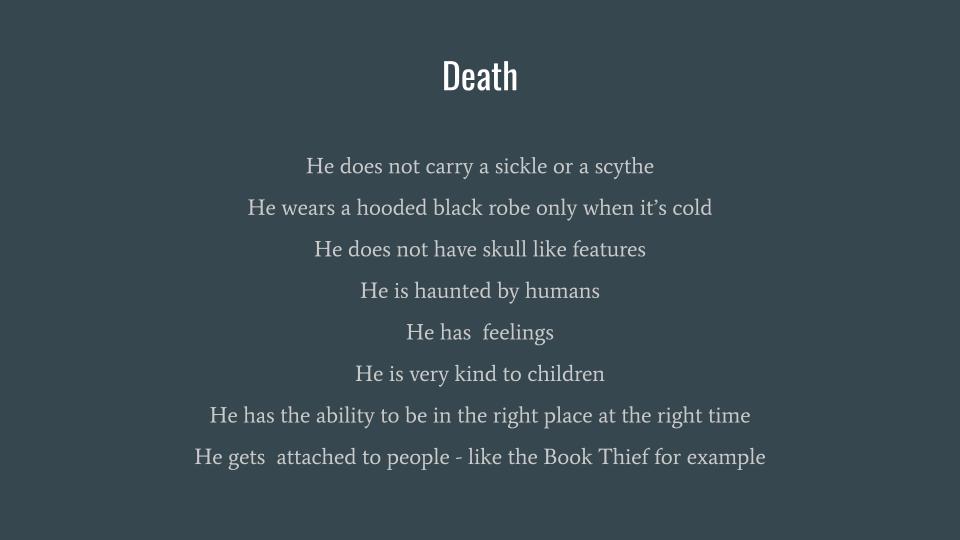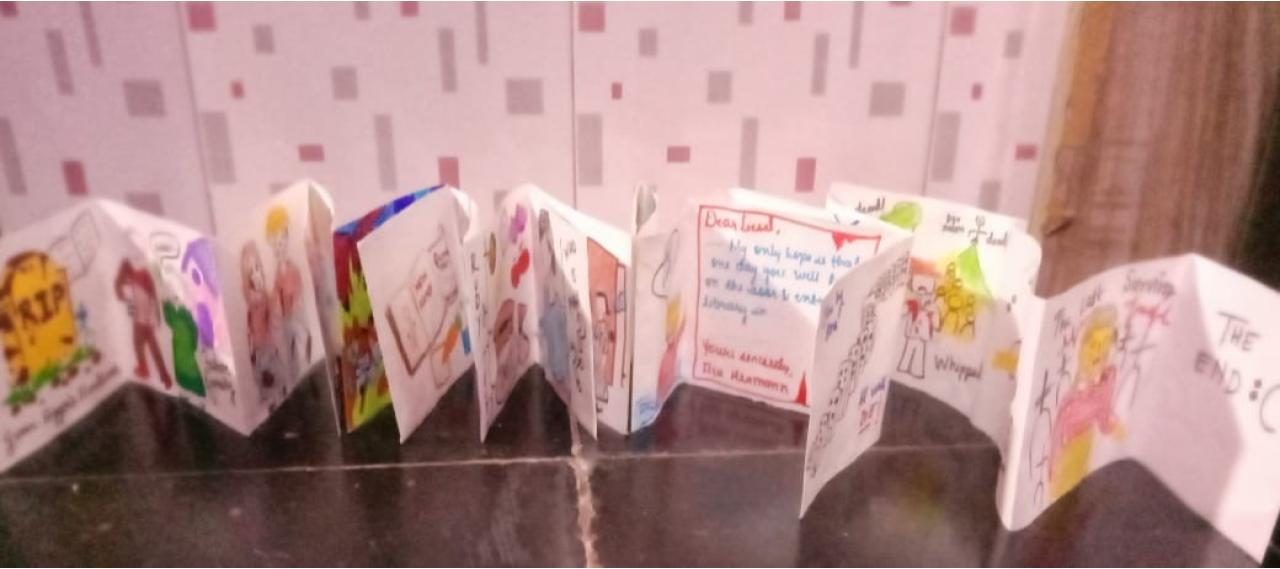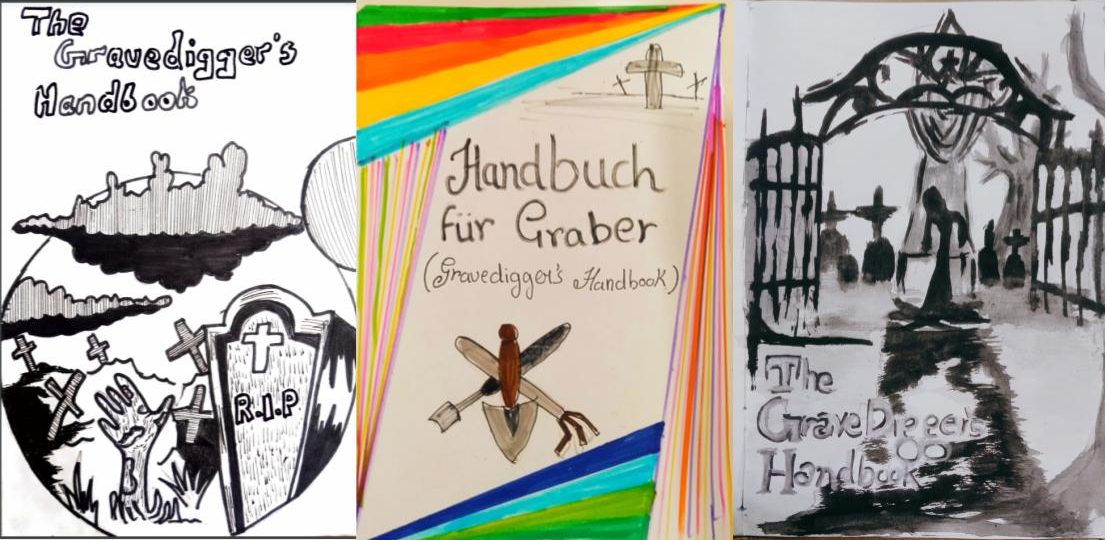“One was a book thief. The other stole the sky.”
― Markus Zusak, The Book Thief
Toward the end of April, with all our minds geared toward the first contact of the LEC course, the 2nd wave descended and we retreated again from contact. In the week that followed, we re-immersed into the virtual world and into different programs that we could offer online.
One of these was a Guided Reading program. We have worked quite a bit with our own groups of children across MOP sites and the children who come to the library, holding sessions on different themes. Sujata has held a number of literature sessions, guiding the children through a particular theme over the course of several sessions. However the one thing that we had in all these sessions, was that we knew our children, and we could plan and curate books, based on this understanding. Working with a new group entirely, and virtually, was new for us. And exciting.
And so, this summer, over 4 weeks, we embarked on a Guided Reading journey with a group of children from Sharon English High school, Mumbai.
The Book
“It’s a small story really, about, among other things:
* A girl
* Some words
* An accordionist
* Some fanatical Germans
* A Jewish fist fighter
* And quite a lot of thievery”
― Markus Zusak, The Book Thief
In conversation with Judith and Jennifer (who hold library and other classes at Sharon English High school), we explored themes that they felt would work well with their children and were needed particularly during this time. A core theme that emerged strongly from both as a possibility, was a ‘Risky’’ Theme that reflected the political scenario currently prevalent. In a conversation later, Sujata detailed the process of a theory that we strayed into during this time of exploration, ‘Understanding by Design’, which builds on Wiggins and McTighe’s backward design (Wiggens, G & McTighe, J. 1998):
– Identification of desired results for students (In this case, Political Reality)
– Assessing learning strategies (In this case the Guided Reading Process)
– Listing the learning activities that will lead students to your desired results (Emerged in the planning for the program)
After much thought and conversation, Sujata suggested a book that emerged as one powerful in word, emotion, and the ability to provoke thought. The Book Thief by Markus Zusak became our core text for the guided reading program. And through sub themes within this book, we also explored and discussed other picture books in smaller groups.
The First Step and the First Page
“…I don’t have much interest in building mystery. Mystery bores me. It chores me. I know what happens and so do you. It’s the machinations that wheel us there that aggravate, perplex, interest, and astound me. There are many things to think of. There is much story.”
― Markus Zusak, The Book Thief
The Book Thief is a weighty book in size and in content, and we were unsure of how it could be opened up so that we could not just complete the story in these 4 weeks, but also open it out in a way that captured the subtle nuances of language, questioning, thought and emotion, and the not so subtle aspects of history and world events, that are prevalent in each part of this story.
The first session began with a context setting by architect Tahir Noronha, who guided us through the context and history of this story, and the background against which this story emerges. Aspects of Germany’s position, both political and economical, pre – world war 2, and leading into world war two, Hitler’s journey, and the emergence of the NAZI party were outlined and opened up a historical context, that is often so confusing and unclear. This was critical for all of us, to understand, and to add to our memory, so that events uncovered part by part, made more sense.
A unique feature of this book is the perspectives from which it is written. We have Death as a witness, as an internal character, as a conversant with the reader, and as a narrator of Liesel’s story. Again, this was critical to understand, as the story has different strands that weave together, and could be confusing if not fully grasped. Each perspective was opened up and an extract from the story of each perspective was shared which concretized this understanding.
We introduced the main characters who would stay with us throughout the story, through descriptions, and this was picked up in different aspects of each session, further on.
And we read. We pulled up the prologue and traversed through the words read out by different voices. It drew us. This beginning.
The Characters we became
“I could introduce myself properly, but it’s not really necessary. You will know me well enough and soon enough, depending on a diverse range of variables.”
― Markus Zusak, The Book Thief
At the beginning of the program, each one chose one character that they kept to themself, and followed that character through the story, building and shaping their own understanding of this character, as more facts, nuances and experiences emerged. In a session toward the end, we had a character reveal, where each one came dressed as or brought along with them something that encompassed their character in some way. As each character emerged through a spotlighted video, everyone guessed the character, and asked the Deaths, Rosa’s , Rudy’s and Max’s questions, to which each character responded from the perspective of the character they became.
‘Did you miss your family, Max? What made you like stealing books, Liesel?’ How did it feel to be alone in the basement Max’ ‘Why did you scold so much, Rosa? “How does it feel when you take someone’s soul, Death? Questions came pouring out, and emotions that each one might have felt were expressed.
Weeks of having immersed ourselves into the thoughts, feelings and experiences of each individual in the story, provoked a genuine manifestation of each character, as we had walked through their lives in so many ways now. Death was a favorite among many and it was so interesting to explore and imagine what he looked like as Zusak keeps this one mystery throughout the book.
Journalling our way through
“The words were on their way, and when they arrived, she would hold them in her hands like the clouds, and she would wring them out like the rain.”
― Markus Zusak, The Book Thief
We began our first session by making and stitching together our own journal. This journal was sustained through the course of the program, and provided an anchor for many as the text itself increased in weight and thought.
Some of the elements of the journal were:
- A timeline: For each part that we read, each one chose four key events that captured that part for them, and created their own accordion timeline that was added to from time to time.
- The Character description that got built on, and shaped after every new reading.
- The cover page of the journal was worked on last. In following a character’s own creation of a book in the story, each one chose an article that they did not like, painted over it, leaving words as desired, and depicted something that captured the story for them.
- We looked at the sky, we wrote and we painted.
“The sky is blue today, Max, and there is a big long cloud, and it’s stretched
out, like a rope. At the end of it, the sun is like a yellow hole. . .”
― Markus Zusak, The Book Thief
- We gathered sentences from each part that we read that struck us because of what those sentences evoked.
- We designed book covers based on descriptions of other books stolen within this story.
- We shared.
A shared Space
“I have hated words and I have loved them, and I hope I have made them right.”
― Markus Zusak, The Book Thief
The sessions were planned in a way that encouraged activeness over passivity. Sujata planned each session, a few days in advance, ensuring space
- For discussion on the part read,
- For reading related texts in smaller groups,
- For a game together (connected to the part just read in some way)
- For the children to present and share their thoughts,
- For an exploration of the vocabulary, the symbols, the magic of Mark Zuzaks words in some way, and
- For introducing a context, the history prevalent and new perspectives
We cohabited the session with the interactions that emerged through different voices. The children actively prepared pieces of sharing for each session. R, whose skills we were introduced to, through a short presentation he put together for the second session, was nominated our filmmaker for the entire program, and supported us greatly by putting together individual pieces of art and writing, into short videos that everyone could watch together and enjoy. The space was shared, as was the ownership.
Independence and Trust
“I am constantly overestimating and underestimating the human race – that rarely do I ever simply estimate it.”
― Markus Zusak, The Book Thief
As teachers we often feel it necessary to be fully present and heard at all times while interacting with a group of individuals. As non-teachers we were very happy to be able to create short spaces where the children could go into break out rooms, independently work on short tasks, and emerge and present in-depth responses. Trusting the children to explore content together worked to defocus the interaction as teacher led, and emphasize it as collaborative and shared.
The Joy of it All
“Can a person steal happiness? Or is it just another internal, infernal human trick?”
― Markus Zusak, The Book Thief
Our sessions were joyful. We entered each session naming ourselves with the primary emotion thát we were feeling, and there were quite a few Éxcited about what will happen’, ‘Happy about a relationship developing in the story’, or ‘Scared about what will happen next in the story’, which also sometimes got changed into ‘frustrated with the internet’!
And through those two hours, we exchanged words, laughed together, thought together, and listened together.
Paces and Spaces
“She took a step and didn’t want to take any more, but she did.”
― Markus Zusak, The Book Thief
Before the beginning of the pandemic and our foray into the virtual world, we have always strongly felt that the capacity to create an atmosphere and space of safeness and togetherness over a screen is non-existent. Our experience over the last year, however, has demonstrated that this is possible, not in the same way and not to the same extent, but the space for this exists.
In our group, we had those who listened and those who talked, those who chatted, and those who privately chatted, and those who engaged through materials that they brought and showed. There was a space for everyone’s voice that was created, the quieter ones through chat/private chat, the confident ones through raised hands and voicing out. And there was the space for different paces, times for quiet reflection, times of intense discussion, and times of high energy games.
We played guessing games with J who wouldn’t switch his camera on , and identified different examples of Death as a foodie with M who caught this feature from day 1. And we enjoyed the intimacy of this interaction with each child. 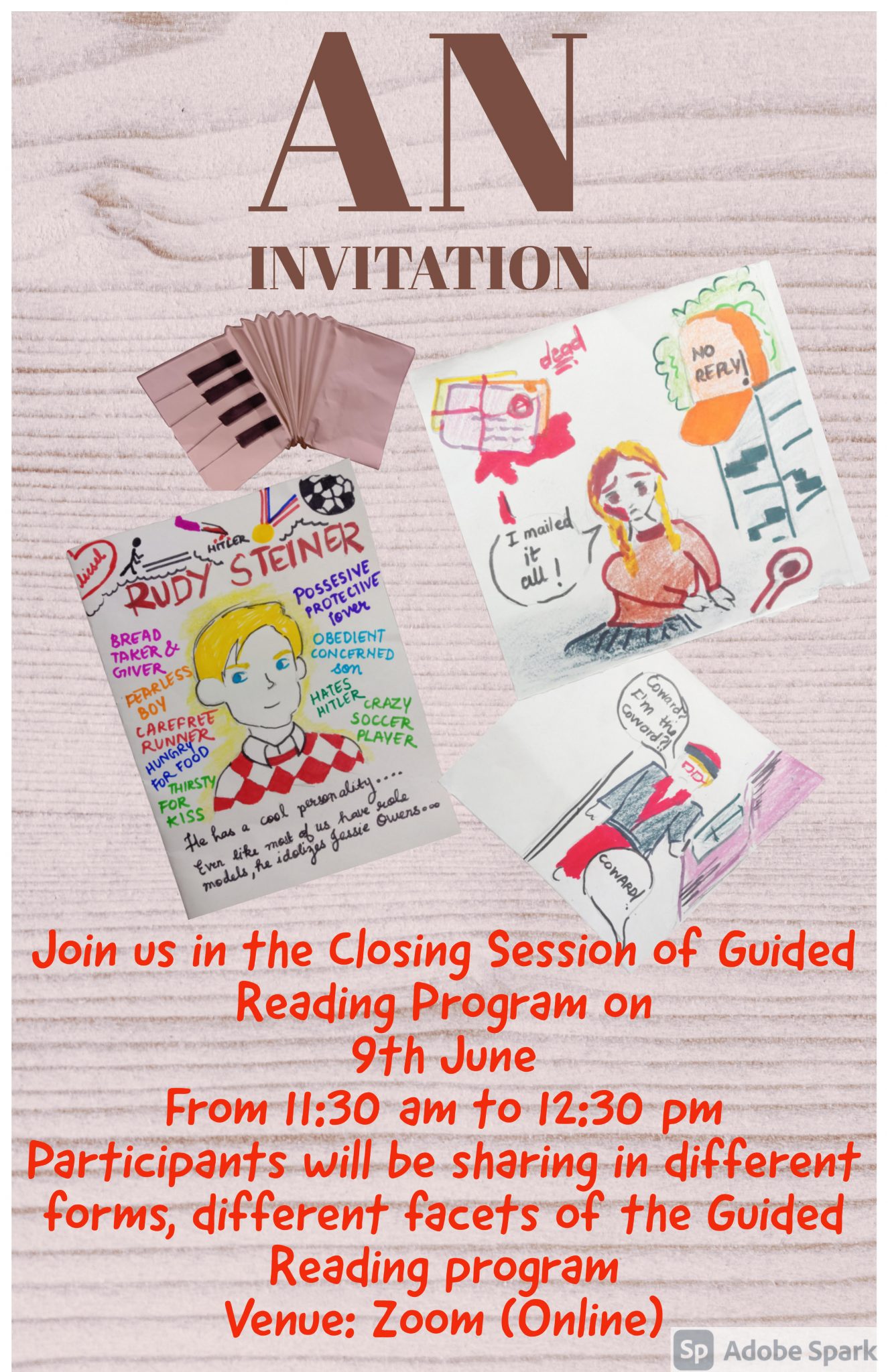
The closing
“A DEFINITION NOT FOUND IN THE DICTIONARY
Not leaving: an act of trust and love, often deciphered by children”
Markus Zusak – The Book Thief
Our closing session was in the form of an invitation to any other person who the children would like to invite to share with them their entire journey with this book and theme through different voices. Each one shared in different ways what this journey meant for them, and what they created and immersed themself in during the course of these weeks.
We watched, we listened, and our hearts were glad. It affirmed for us the reason for why we do what we do.
Art work by the students of Sharon English High school who participated in the Summer Guided Reading program.
References
Wiggins, Grant, and McTighe, Jay. (1998). Backward Design. In Understanding by Design (pp. 13-34). ASCD.

